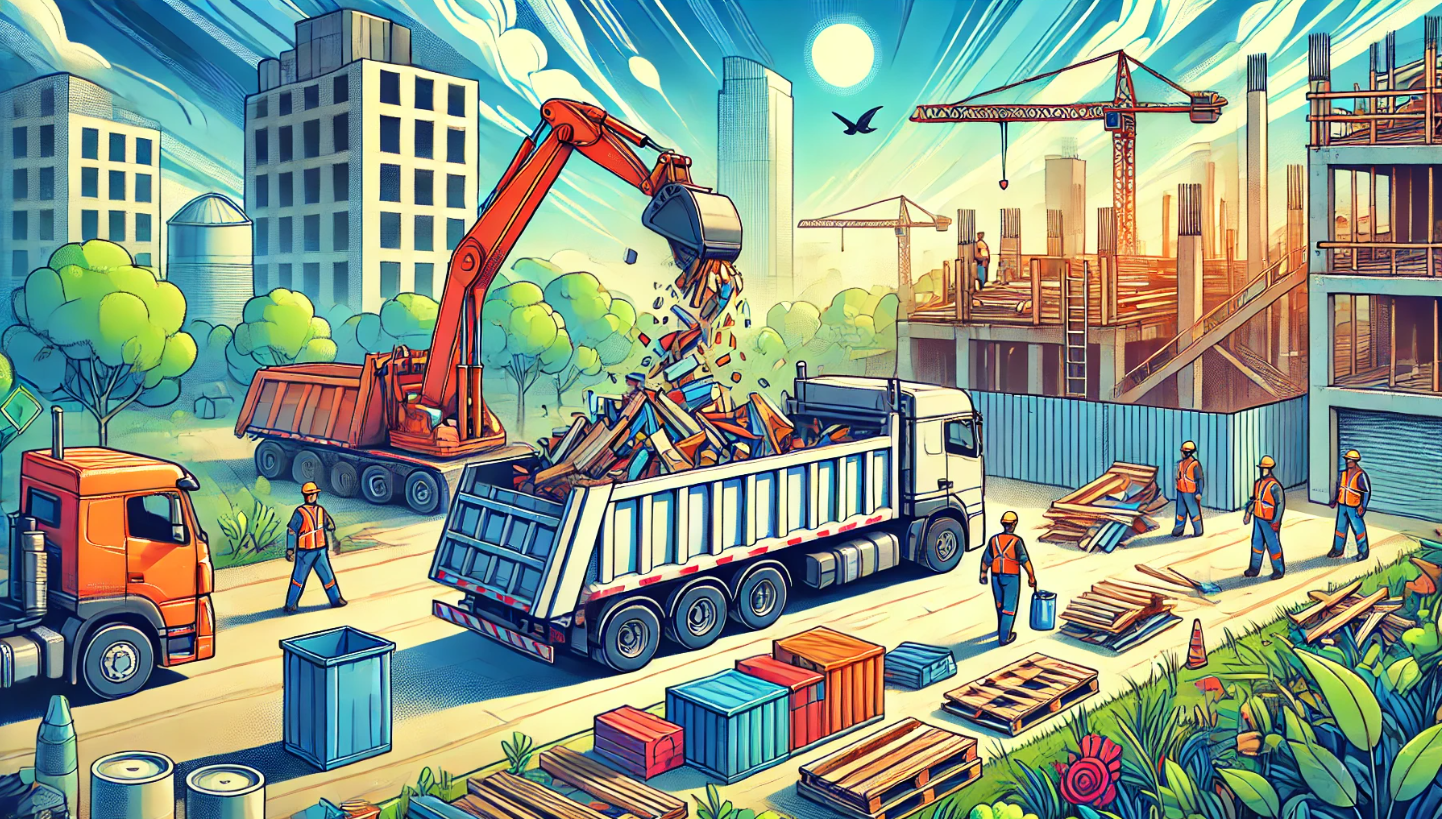
Construction Debris Removal – Efficient Solutions for a Clean Worksite
Construction projects generate a significant amount of debris, from drywall and concrete to metal and wood. Managing this waste efficiently is essential to keep your worksite safe, organized, and environmentally friendly. Whether it’s a small renovation or a large-scale build, understanding your construction debris removal options can save you time, money, and effort. In this guide, we’ll explore the best methods for debris removal, the benefits of hiring professionals, and eco-friendly disposal practices.
Why Construction Debris Removal is Important
Proper debris removal impacts your project in several ways:
- Safety: Reduces hazards like tripping or falling caused by scattered debris.
- Efficiency: An organized worksite boosts productivity.
- Environmental Responsibility: Eco-friendly disposal minimizes your project’s environmental footprint.
- Compliance: Adhering to local waste regulations prevents fines and legal issues.
Steps for Effective Construction Debris Removal
1. Create a Debris Removal Plan
- Identify the types of debris your project will generate.
- Allocate a specific area on-site for sorting and storing waste.
2. Sort Materials by Type
- Separate recyclables, reusable materials, and general waste.
- Label bins or designated areas for each category.
3. Choose the Right Disposal Methods
- Donate usable materials to charities or reuse them for other projects.
- Partner with recycling facilities for metal, wood, and drywall.
4. Schedule Regular Pickups
- Arrange frequent pickups to prevent debris from accumulating.
- Use professional removal services for large volumes.
5. Ensure Compliance with Regulations
- Research local rules for disposing of construction waste and hazardous materials.
Types of Construction Debris
| Debris Type | Examples | Disposal Options |
|---|---|---|
| Concrete and Asphalt | Broken slabs, road materials | Crushed for reuse, recycling centers |
| Wood | Pallets, framing, plywood | Reuse, recycling, landfill |
| Metal | Steel, aluminum, copper | Scrap yards, recycling facilities |
| Drywall | Plasterboard, sheetrock | Specialized recycling or reuse centers |
| Hazardous Waste | Paints, solvents, adhesives | Hazardous waste facilities |
Eco-Friendly Construction Debris Disposal
Sustainable practices are a growing priority in the construction industry. Here’s how to incorporate green methods into your debris removal process:
1. Recycle Materials
- Metals, concrete, and wood can often be recycled into new products.
2. Reuse Usable Items
- Salvage doors, fixtures, and framing materials for future projects.
3. Compost Organic Waste
- Turn soil, vegetation, and organic debris into compost.
4. Partner with Green Services
- Choose removal companies that prioritize sustainability.
FAQs About Construction Debris Removal
1. What materials can be recycled from construction debris?
Common recyclable materials include metal, wood, concrete, drywall, and some plastics.
2. How do I handle hazardous construction waste?
Hazardous materials require specialized handling. Contact a hazardous waste facility or service provider for proper disposal.
3. Is dumpster rental better than full-service removal?
Dumpster rentals are ideal for ongoing projects, while full-service removal is better for quick, one-time cleanups.
4. How do I find eco-friendly debris removal services?
Look for companies with green certifications or partnerships with recycling facilities.
5. How can I reduce construction waste on-site?
Plan your materials carefully, reuse whenever possible, and separate recyclables during the project.

